オフシーズンにできるスルーハイキングの準備・10TIPS |by リズ・トーマスのハイキング・アズ・ア・ウーマン#37

How to Prepare for a Thru-hike During the Winter
When it’s deep in winter, many hikers find it too cold to even think about planning for thru-hiking season. But there are things hikers can –and should — do to prepare for backpacking season that don’t involve frozen fingers or camping in snow. Here are some of my favorite things to do during the winter to get prepared and excited about hiking in the late spring or summer.
[1] Read about the trail

Become familiar with the trail you are planning to hike. Read books or blogs by hikers who have completed the trail or have completed other trails. This will give you an idea of what to look forward to and the gear and skills you will need.
What are the challenges of your trail? Will you need to learn how to use an ice axe or packraft? The more you know about the trail ahead of time, the better you can spend your time planning and preparing during the winter months.
[2] Talk with other hikers
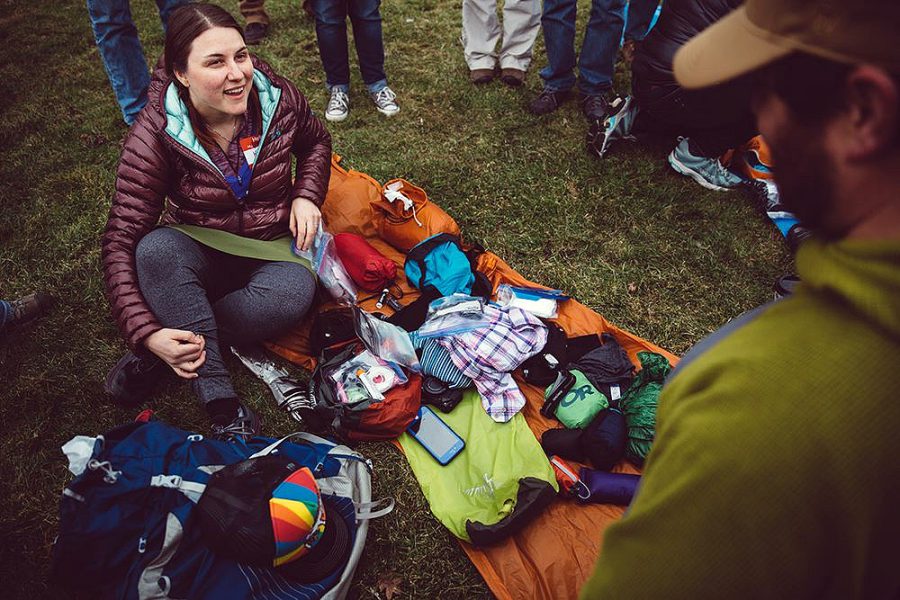
Talking with other hikers is also a useful way to find more tailored advice for how to prepare for long backpacking trips. What concerns do you have about the trail? You can have your questions answered. Find a hiker who has walked the trail you are interested in hiking. If they live close, consider meeting in person. If they live farther away, set up a video call. In both situations, it can be useful to see what gear they used on the trip to give you ideas for your gear list.
[3] Take a class or join a thru-hiking group
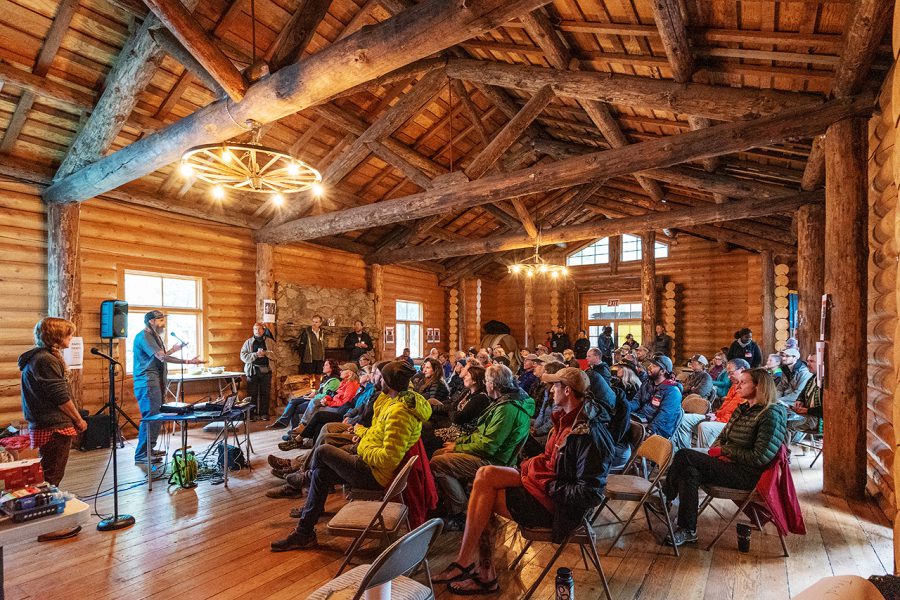
Taking a hiking class can familiarize you with the skills you need for a long trip. Although some skills can be learned as you hike, having the knowledge before you start will make you feel more confident. It will also make the learning process less stressful. Regardless of how prepared you are before your hike, there are always new things to learn. Even experienced thru-hikers will benefit from re-taking classes on first aid, emergency medicine, and snow navigation and safety.
[4] Get Maps and Apply for Permits
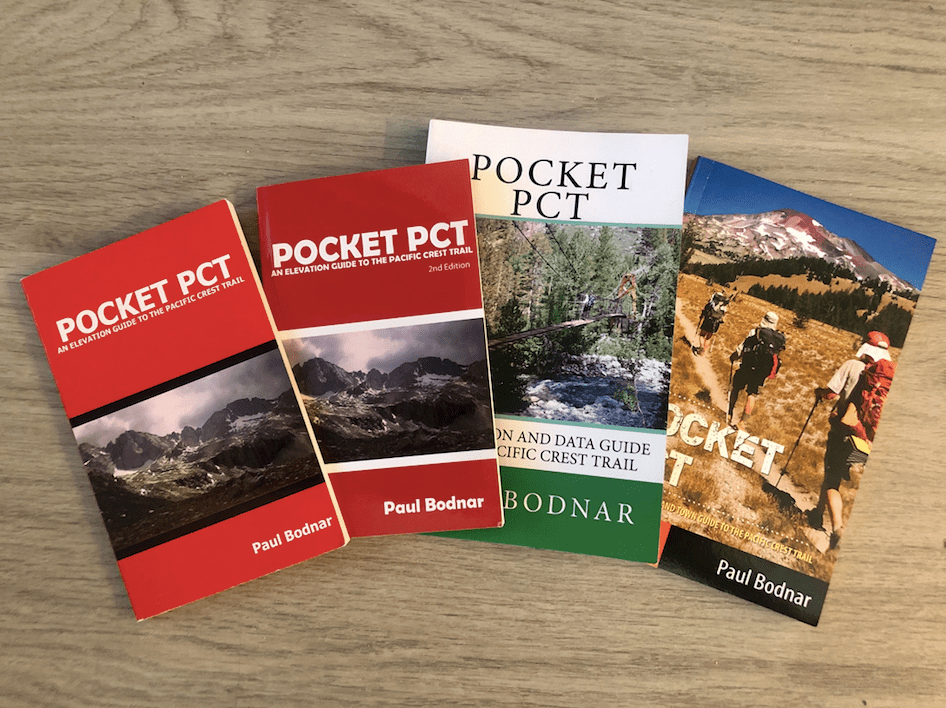
Start gathering and looking at the maps for your trip. Many long hikes have alternate routes. Some hikes, like the PCT, require a permit to hike. You may need a visa to visit other countries for extended periods of time. Winter is a perfect time to figure out a rudimentary itinerary and place your permits and visa paperwork accordingly.
[5] Get Your Gear List Ready
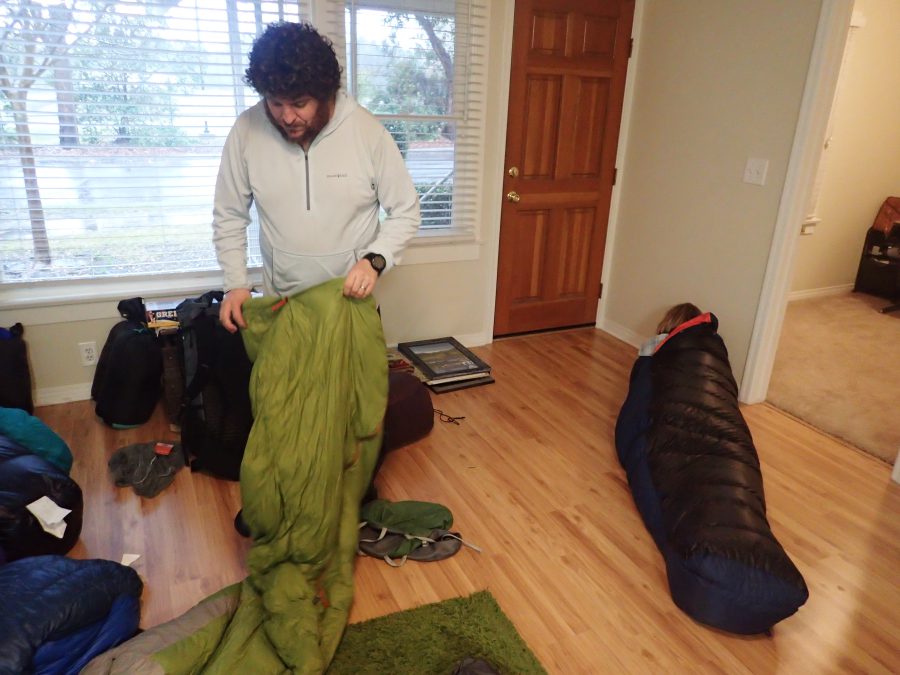
Ordering gear–especially if it is made abroad–can take months. Put together your gear list early. If you have an opportunity, borrow or at least see if you can find another hiker who has an item you may be interested in before purchasing.
[6] Practice setting up gear
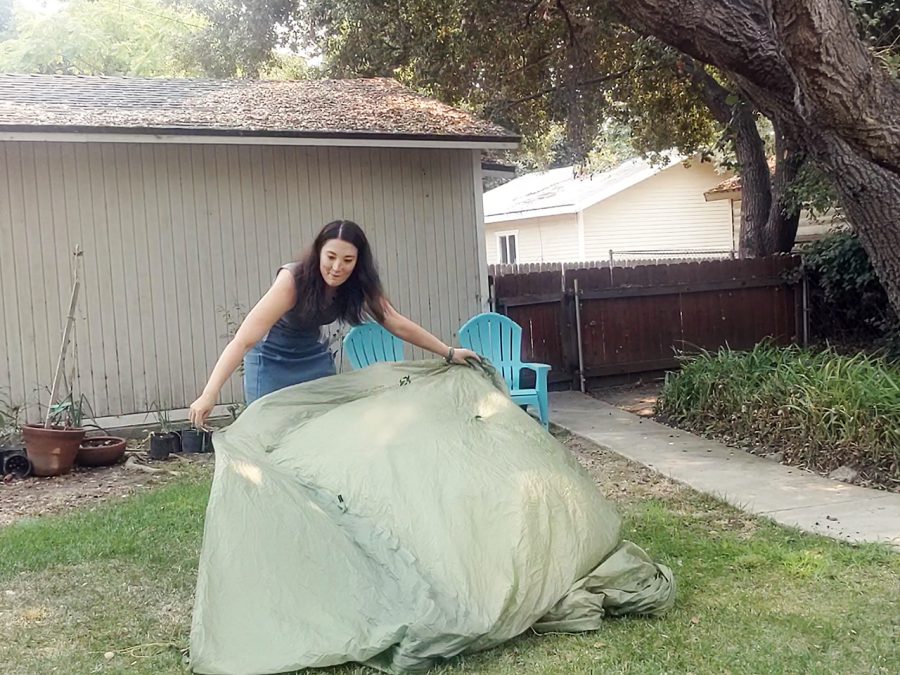
It’s very common for thru-hikers to start the PCT or AT having never set up their tent before. Practice setting up your tent enough times that you feel confident you can do it even if it is windy and or raining. Practice setting up your tent in small spaces and uneven ground to mimic the conditions you may find along a thru-hike.
[7] Practice packing gear
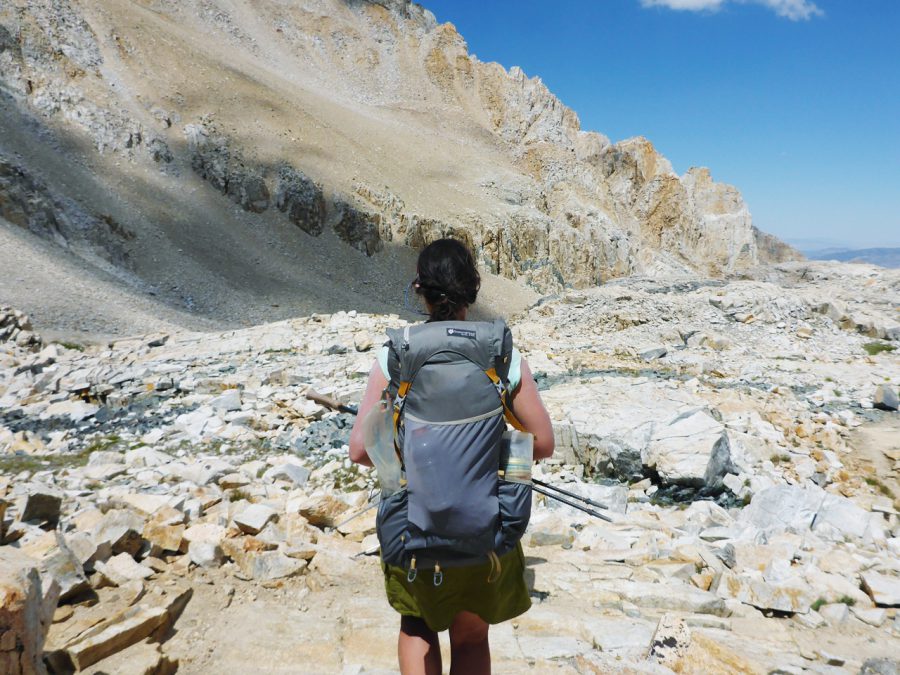
Advanced thru-hikers know where they can find every item in your pack. Develop a system that works for you. Keep items you use often accessible. Items you use less frequently or only when camping can go at the bottom of your backpack.
Find a way to balance the weight in your pack so it rides comfortably with your body. For example, many men prefer to have more weight against the middle to their upper back and shoulders, where their center of gravity is found. Many women have a lower center of gravity, so may find it more comfortable to carry the bulk of the weight of their pack in the mid back to hip area. Practicing what is most comfortable for you and most convenient for accessing items.
Packing a backpack is something you can practice at home even if the weather is too foul to take your backpack hiking. The more comfortable you feel carrying a load on your back, the easier it will be to hike all day with your pack.
[8] Practice packing, unpacking, and repacking gear
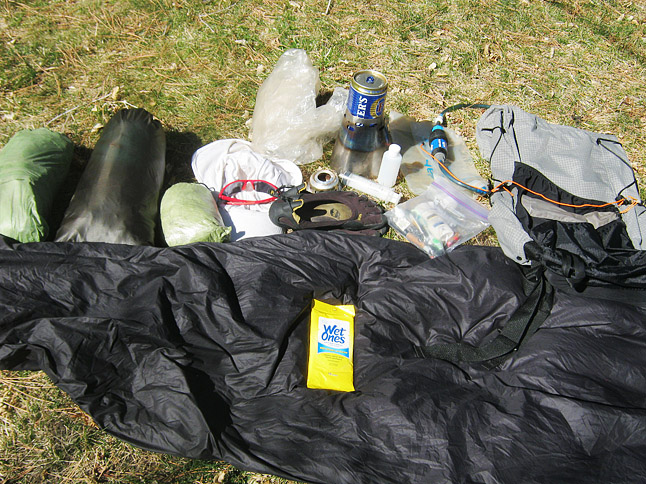
Many new thru-hikers find that packing up their gear in the morning can take them an hour or more. When it’s cold outside in the morning, packing up gear can be a frustrating way to start the day. That’s why I think that although it is an under-rated skill, learning to pack up your backpack quickly is worth practicing at home.
Packing and unpacking your camping setup is a skillset that gets faster with practice. I have packed up my camp in the morning so many times that I can now do it in under 10 minutes. It helps to know how you like your backpack to be packed and also where you like items to go in your backpack. Once you have a place in your pack for your stuff, it’ll make it easier and faster to get going in the morning.
[9] Training

Starting the trail at a good level of physical fitness will make it easier to hike every day when you are on trail. While any kind of movement you do during the winter is better than nothing, some exercises are better than others.
Walking and standing will train the muscles in your feet and ankles for the difficulties of thru-hiking. Running and weight training for your legs may develop muscles. However, I have heard many hikers complain that their legs are stronger than their feet. The feet, not the legs, end up being the weakest link in their physical fitness. This is because leg muscles strengthen far faster than small foot muscles. That’s why I think if you were to train one part of your body, it would be your feet and ankles.
Luckily, you can practice standing, walking, and being on your feet for hours at a time during the winter. Walking indoors or even cities–especially if you can do it with a weighted pack–can help prepare your body. It may not be as fun or as scenic as a mountain walk, but any kind of training counts toward getting in shape for a thru-hike.
[10] Talk with friends and family (and possibly your work colleagues) about your trip

If you’ll be away from home for an extended period, you will want to talk to people in life about your upcoming trip. Will you need someone to watch over your plants or pets while you are off hiking? Does your family know how they will stay in touch with you? Does your boss or work colleagues know that you are leaving for a hike? Starting these conversations early will help temper expectations and make some of your “home life” logistics easier.
Starting a thru-hike is an exciting process! Although winter may not seem like the best time to start planning, there’s still a lot you can do from home to get ready for your hike.
- « 前へ
- 2 / 2
- 次へ »
TAGS:














 ULギアを自作するための生地、プラパーツ、ジッパー…
ULギアを自作するための生地、プラパーツ、ジッパー…  ZimmerBuilt | TailWater P…
ZimmerBuilt | TailWater P…  ZimmerBuilt | PocketWater…
ZimmerBuilt | PocketWater…  ZimmerBuilt | DeadDrift P…
ZimmerBuilt | DeadDrift P…  ZimmerBuilt | Arrowood Ch…
ZimmerBuilt | Arrowood Ch…  ZimmerBuilt | SplitShot C…
ZimmerBuilt | SplitShot C…  ZimmerBuilt | Darter Pack…
ZimmerBuilt | Darter Pack…  ZimmerBuilt | QuickDraw (…
ZimmerBuilt | QuickDraw (…  ZimmerBuilt | Micro Pack …
ZimmerBuilt | Micro Pack … 














